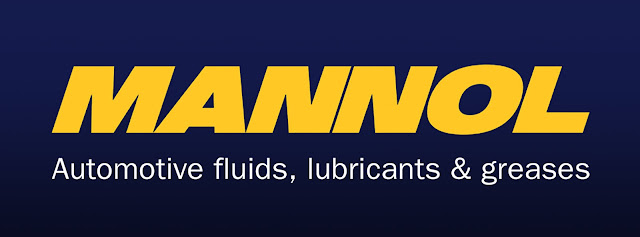Minta PERHATIAN semua buyer. Pastikan lokasi anda, dealer berhampiran dgn anda, marjin dealer, sediakan duit secukupnya . Ini supaya memudahkan urusan jual beli dilaksanakan. Terima kasih. ----------------------------------------------------------------------------------------------------- PERAK DARUL RIDZUAN ----------------------------------------------------------------------------------------------------- LOKASI : Taiping / Cangkat Jering / Kamunting / Parit Buntar / Nibong Tebal ( USM Transkerian ) *Kawasan sekitar **Khidmat pos ke seluruh Malaysia A'riff: 013-2959429 LOKASI : Ipoh / Tg. Tualang *Kawasan sekitar Amirul Ariff: 019-4743872 LOKASI : Batu Gajah / Ipoh / Perak ( WAKTU COD : 2.00PM - 8.00PM ) Hanif Hamzah : 019-6153765 / 012-5715919 LOKASI: Lumut/Manjung/Sitiawan (Waktu COD: Selepas Waktu Kerja) Wan Hafizan: 016-5943003 ----------------------------------------------------------------------------------------------------- MELAKA BANDARAYA BERSEJARAH ---------------...


Comments
Post a Comment